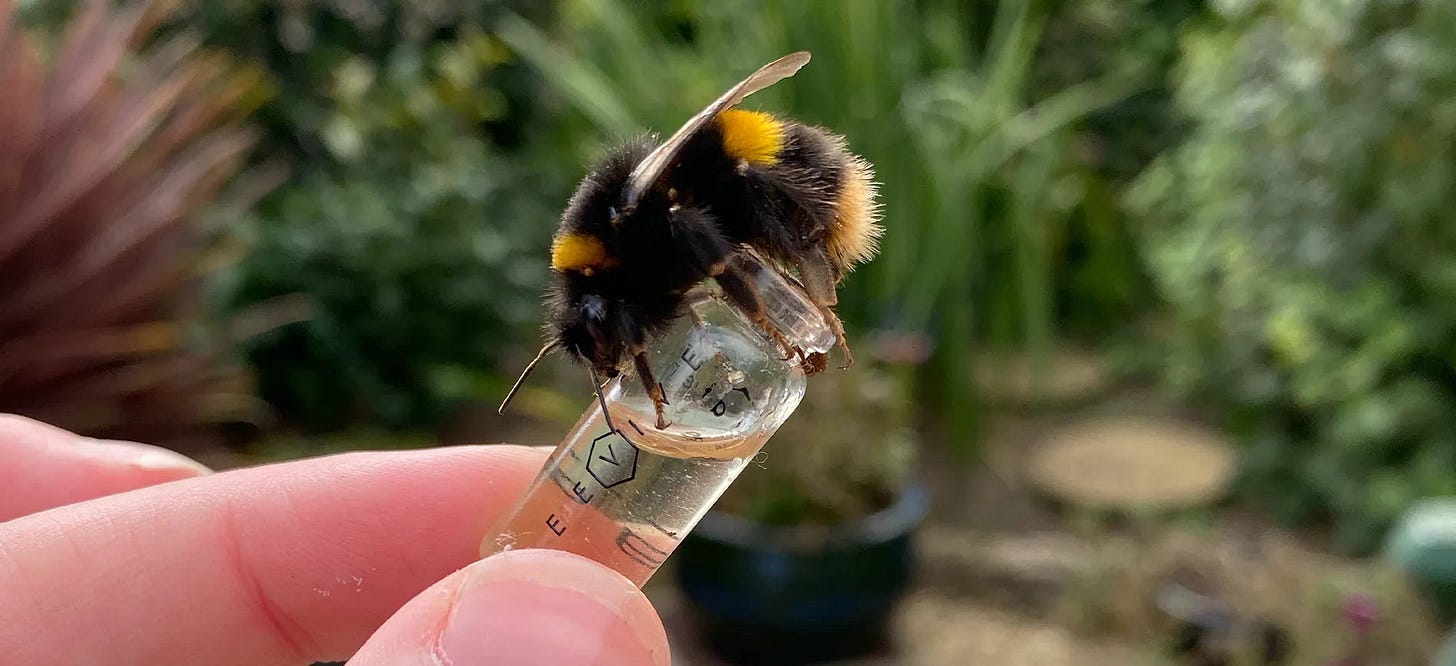If you’re interested in having a meaningful EA career but your experience doesn’t match the types of jobs that the typical white collar, intellectual EA community leans towards, then you’re just like me.
I have been earning to give as a nuclear power plant operator in Southern Maryland for the past few years, and I think it’s a great opportunity for other EA’s who want to make a difference but don’t have a PhD in philosophy or public policy.
Additionally, I have personal sway with Constellation Energy’s Calvert Cliffs plant, so I can influence the hiring process to help any interested applicants.
Here are a few reasons that I think this is such an ideal Earn to Give career:
- A high income job in a low cost of living area means you will be able to donate a significant portion of your paychecks and still live comfortably.
- The work supports renewable, clean energy which is a socially positive career choice
- Double your impact with Constellation matching up to $10,000 of donations
- The power plant is an hour away from Washington DC, which has a thriving EA Community
- If you are interested in career growth, there are opportunities so you can gain extra skills and donate more!
Nuclear Power does include some specialized knowledge and skills, but you may be surprised how qualified you already are. Degree requirements vary significantly by site, but lots of places only require a high school degree.
I have ~7 years of experience working on nuclear power plants in the navy and civilian worlds and I am incredibly passionate about getting others on board. Please reach out to me if you have any interest at all. I am happy to provide tutoring and nuclear-specific career coaching. I can help train and prepare you for any nuclear power position that you may be interested in.
Pros:
- Great money. Starting pay (at my facility) is $54 per hour. With overtime built into the schedule, this means that starting you’ll be making about $140,000 per year (pre-tax) without picking up additional days. If you want to pick up additional days, that is an option. (I made 170k last year)
- Good benefits: Healthcare, dental, profit sharing, employee stock purchase plan, etc.
- Donation matching up to $10,000 (on payroll donations)
- No college degree or past experience required at some locations (though it does help.)
- Defined career progression (first three levels are very straightforward)
- Non-standard schedule means you can get longer periods of time off
- No travel required.
- I am willing to help you study before you start, so you can cruise through some of the initial examinations.
Cons:
- The biggest downside is the schedule. The schedule can be hard, it’s rotating shift work with 12 hour shifts. It is still doable to fulfill family obligations, but it is definitely harder than working Monday-Friday 9am to 5pm.
- No drugs. If you enjoy recreational marijuana (or other, stronger recreational drugs), then this isn’t a good fit. Operators at nuclear power plants get tested for drugs frequently.
- Outages occur once a year and involve a month of “4 days on, 1 day off” schedule.
- Requires a certain amount of basic knowledge to start (best measured by the POSS/BMST, see below)
- Classes start only once every 8 months, so it may not be good timing for your life.
- It is somewhat physically demanding. It requires a lot of walking, manipulating machine parts, moving things, etc. You don’t need to be able to win a Crossfit competition, but you do need a certain minimum level of fitness.
- The work can be somewhat mundane. Your goal is to maintain operations and make sure things are running smoothly,
Next Steps:
Let’s chat! If you’d like to ask some questions or just hear more about my anecdotal experience, I would love to connect.
The practice exams are found here, and you can log in with “firstenergy” as both the username and the password. If you take the POSS and/or BMST and get around 60% or above, I can probably help you get the rest of the way there.
The Calvert Cliffs position with Constellation is open now!
More Information:
Nuclear Equipment Operator in Oswego, New York | Constellation Energy Generation, LLC.
Auxiliary Operator Trainee in LUSBY, Maryland - Constellation Energy
See: EA for dumb people? as some of my inspiration for offering up my help!




Outstanding! If you end up deciding to try for a nuclear job, I wish you the best of luck.